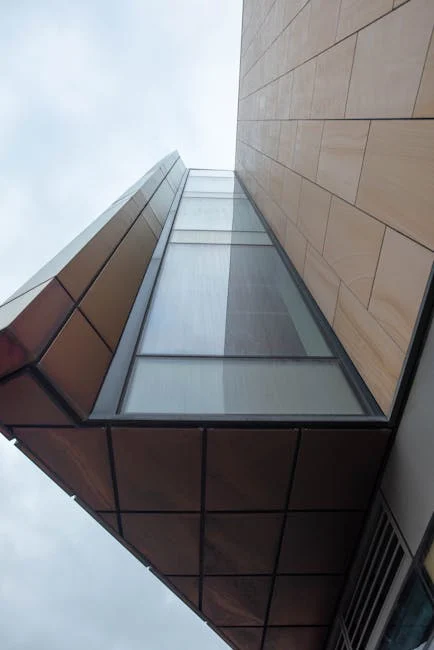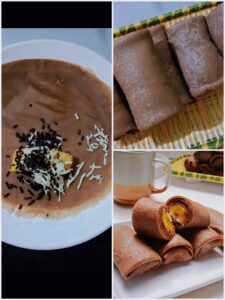Tips for Using Color and Texture to Bring Outdoor Living Spaces to Life
Introduction
Creating an inviting outdoor living space is about more than just furniture. It’s about crafting an atmosphere that draws you and your guests outside to relax, entertain, and connect with nature. Two of the most powerful tools in your design arsenal are color and texture. When used effectively, they can transform a bland patio or deck into a vibrant, welcoming extension of your home. This article will explore practical tips for using color and texture to breathe life into your outdoor living areas.
Using Color to Create Ambiance
Understanding the Psychology of Color
Color profoundly impacts our mood and perceptions. Consider the emotional effects when choosing colors for your outdoor space:
- Blues and Greens: Evoke tranquility, relaxation, and connection with nature. Ideal for creating a calming retreat.
- Yellows and Oranges: Stimulate energy, happiness, and sociability. Great for entertaining spaces.
- Reds and Pinks: Add warmth, passion, and a touch of drama. Use sparingly as accents.
- Neutrals (Grays, Whites, Beiges): Provide a calming backdrop that allows other colors to pop. Versatile and timeless.
Choosing a Color Palette
Select a color palette that complements your home’s exterior and surrounding landscape. Here are a few approaches:
- Monochromatic: Uses different shades and tints of a single color for a cohesive and sophisticated look.
- Analogous: Combines colors that are adjacent to each other on the color wheel, creating a harmonious and soothing effect.
- Complementary: Pairs colors that are opposite each other on the color wheel, creating a vibrant and dynamic contrast.
- Triadic: Uses three colors that are equally spaced on the color wheel, offering a balanced and visually appealing scheme.
Incorporating Color Through Elements
Introduce color through various elements:
- Furniture: Cushions, throws, and outdoor rugs are an easy way to add pops of color.
- Plants: Flowering plants in containers or garden beds provide natural pops of color. Consider varying bloom times for continuous color throughout the season.
- Accessories: Outdoor pillows, lanterns, artwork, and decorative objects add visual interest.
- Hardscaping: Consider colored pavers, stained concrete, or painted fences and decks to establish a base color scheme.
Adding Texture for Depth and Interest
The Importance of Texture
Texture adds tactile and visual interest, preventing your outdoor space from feeling flat and one-dimensional. It creates depth and dimension, enriching the overall aesthetic.
Types of Textures to Incorporate
Explore different textures to enhance your outdoor space:
- Natural Textures: Stone, wood, wicker, and bamboo evoke a sense of earthiness and authenticity.
- Soft Textures: Cushions, throws, and rugs made from materials like cotton, linen, or outdoor-rated velvet add comfort and warmth.
- Rough Textures: Pebbles, gravel, and textured planters create a rustic and organic feel.
- Smooth Textures: Metal furniture, polished concrete, and glass elements provide a sleek and modern contrast.
Layering Textures for a Richer Look
Layering different textures creates depth and visual complexity:
- Start with a Base: Choose a foundational texture like a wooden deck or stone patio.
- Add Mid-Layer Textures: Introduce texture with furniture, planters, and rugs.
- Accent with Details: Add finishing touches with cushions, throws, and decorative objects that offer contrasting textures.
Material Considerations
Select materials that are durable and weather-resistant:
- Teak: A durable and naturally weather-resistant hardwood.
- Wicker: Can be made from natural materials or synthetic resin, which is more weather-resistant.
- Stone: Durable and naturally textured.
- Outdoor Fabrics: Designed to withstand the elements and resist fading, mildew, and water damage.
Combining Color and Texture Effectively
Balance is Key
Avoid overwhelming the space with too much color or texture. Strike a balance between bold statements and subtle accents.
Consider the Light
The amount of natural light your space receives will impact how colors and textures appear. Darker spaces may benefit from lighter, brighter colors, while sunny spaces can handle bolder hues.
Create Focal Points
Use color and texture to draw the eye to specific areas of your outdoor space, such as a seating area, a water feature, or a vibrant plant display.
Seasonal Adjustments
Consider swapping out cushions, throws, and accessories to reflect the changing seasons and keep your outdoor space feeling fresh and inviting.
Conclusion
By thoughtfully incorporating color and texture, you can transform your outdoor living space into a vibrant and inviting oasis. Experiment with different combinations to find a style that reflects your personality and enhances your enjoyment of the great outdoors. Remember to prioritize durability and weather resistance when selecting materials, and don’t be afraid to update your décor seasonally to keep your space feeling fresh and appealing.














Post Comment